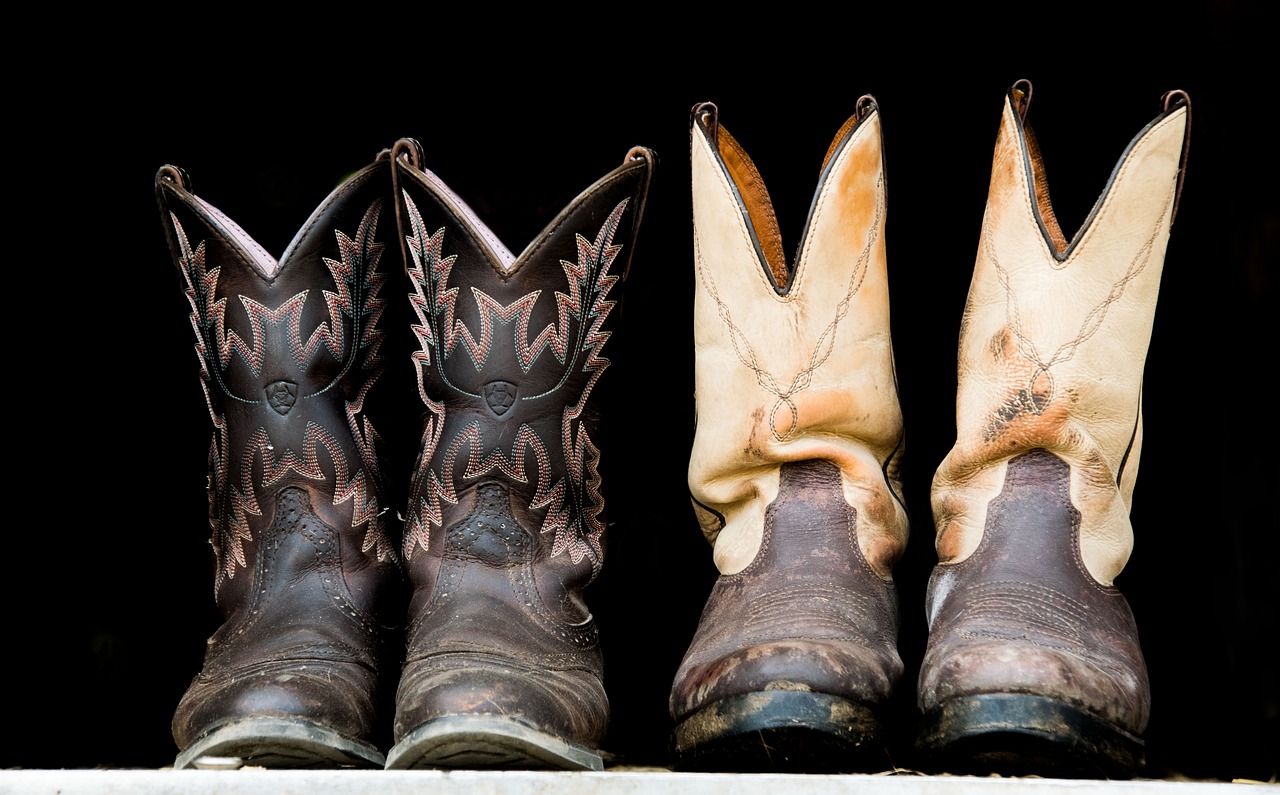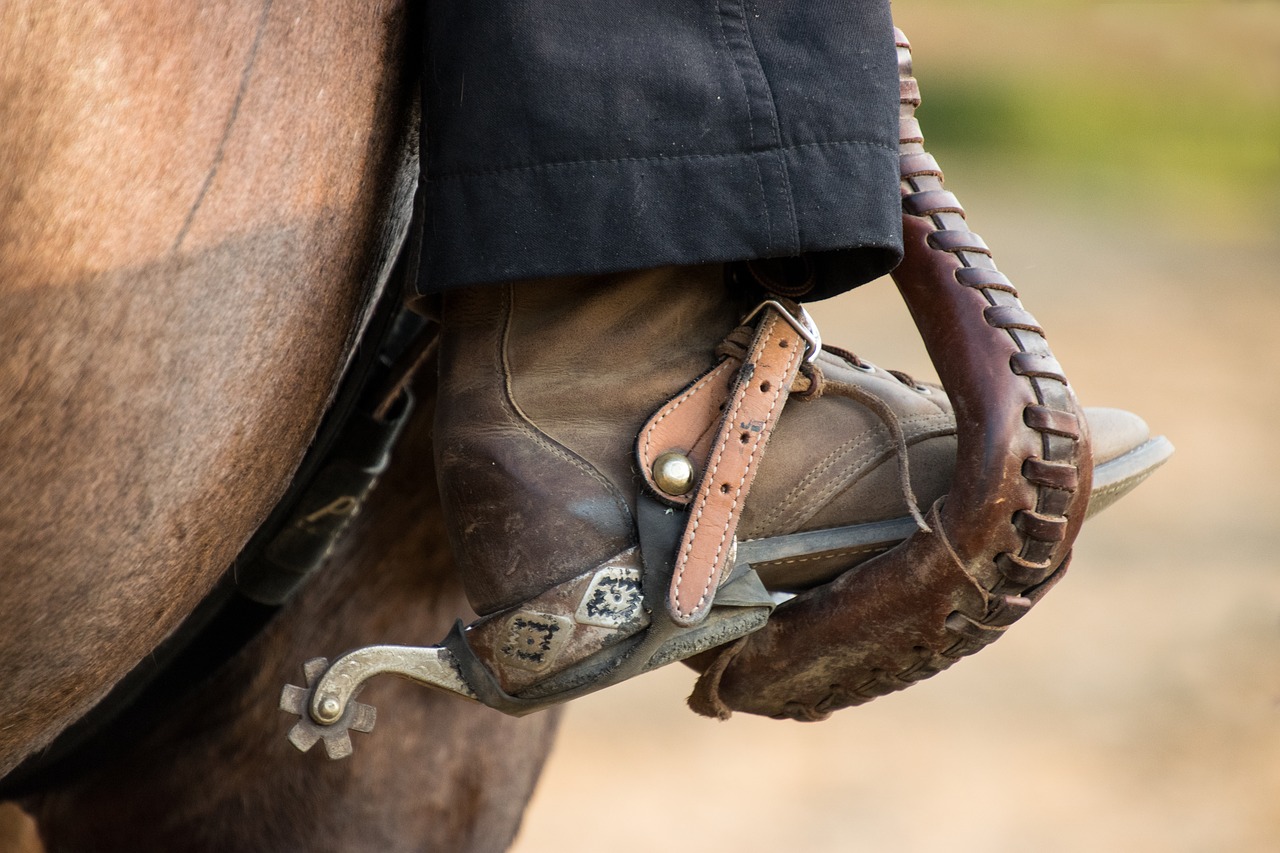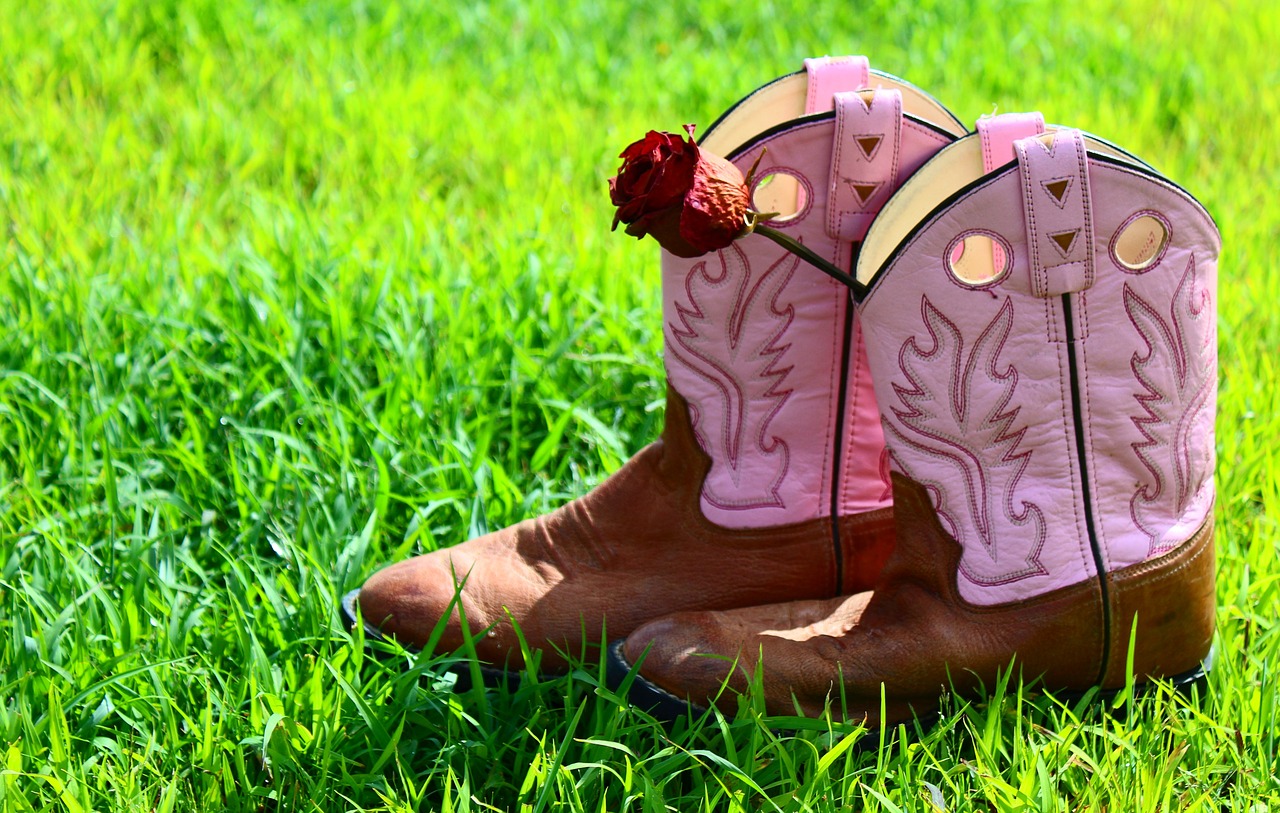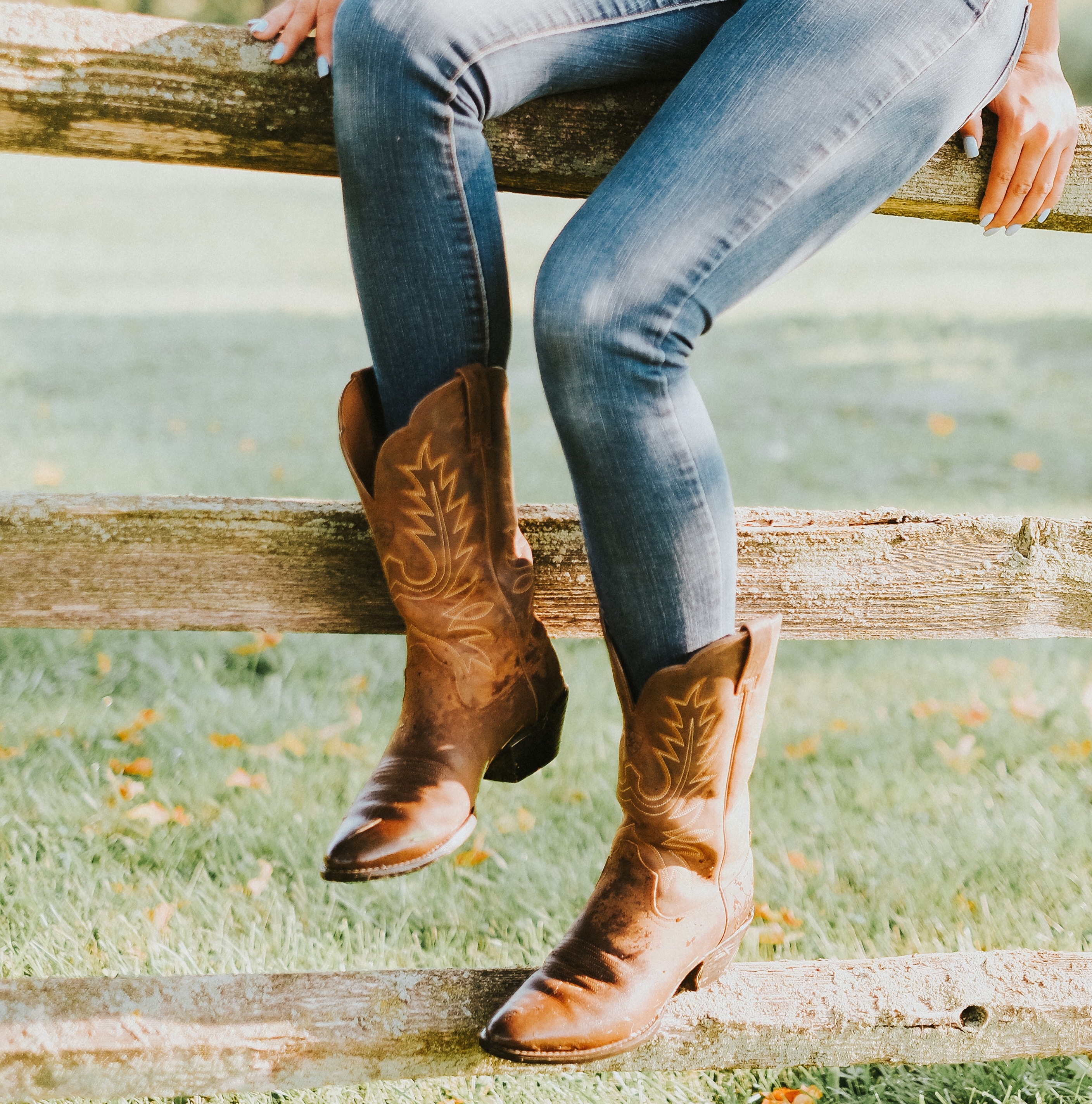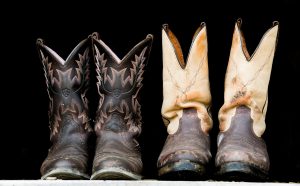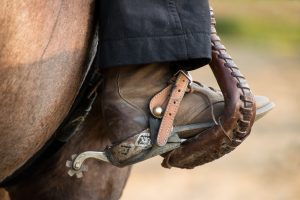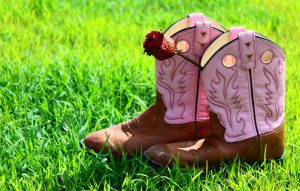Leather cowboy boots look rustic and resilient, but you can bet your boots that they won’t last long if you don’t condition them. Even six months is too long for your boots to go without conditioning. Here’s how you can use leather
Read More
If you’ve never purchased western boots before, it might be a little overwhelming when you start browsing through the many different types available.
This western boot buying guide will give you information to consider while deciding which type of western boot is best for you.
1. Fit
To begin, it’s important to make sure the boot you want fits comfortably. Be sure to consider adequate toe room, correct width of the boot, and arch support. Also – though it may seem obvious to point out – make sure you’re aware of sock thickness when checking for boot fit.
Pro-tip: thicker socks will better protect your feet from blisters while you’re breaking in your new boots. For a more thorough guide on how to check for correct boot fit, click here.
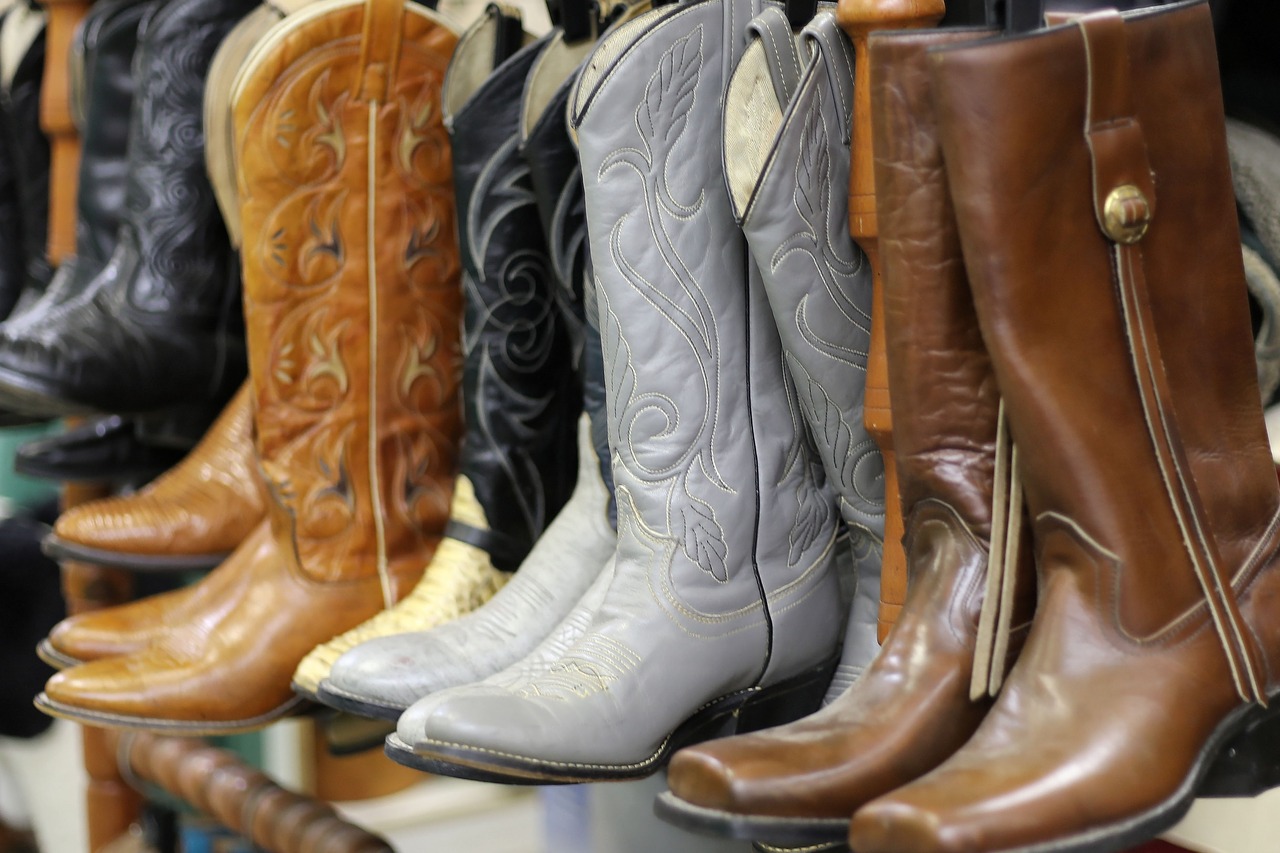
2. Heel
- Walking heel – The walking heel is about an inch tall on average; these boots are commonly referred to as “ropers.” The reason behind the name is because they can be worn regularly when roping cattle or walking around and working the ranch.
- Riding heel – The riding heel is two inches tall on average. It is also known as the underslung heel. This heel is intended for horse riders; the heel helps keep the boot in stirrup and also gives the rider something more substantial when using leg and heel pressure to guide their horse.
- Combination heel – This is the most modern, common style of heel, averaging 1.5 inches tall. It is more diverse and can be comfortably worn whether you’re riding or walking.
3. Toe
Below are the four main styles of toe commonly found among western boots.
- Pointed toe – The pointed toe was originally popular in the 1950s, but made a comeback in the early 2000s. Some varieties of the pointed toe boot are the extreme needle toes or the more rounded snipped toes.
- Rounded toe – The rounded toe presents a more casual look and is the preferred style of boot for those working around the house or barn, or spending long days in the field. It offers more room for those with wider feet.
- Square toe – The square toe is a more recent style, and works well for both riding horses and walking. The squared off edge can come at the end of a longer, pointed toe or off a broader toe.
- Broad squared toe – The broad squared toe is the wider variation of the square toe. It has recently become popular in the past decade or so, as it is roomier for folks with wide feet. It can be comfortably worn for the whole day.
4. Material
Western boots are typically made out of leather, but there are many different types and styles of leather to choose from.
The two most common types are cowhide and horsehide. A full list of leather types can be found here.
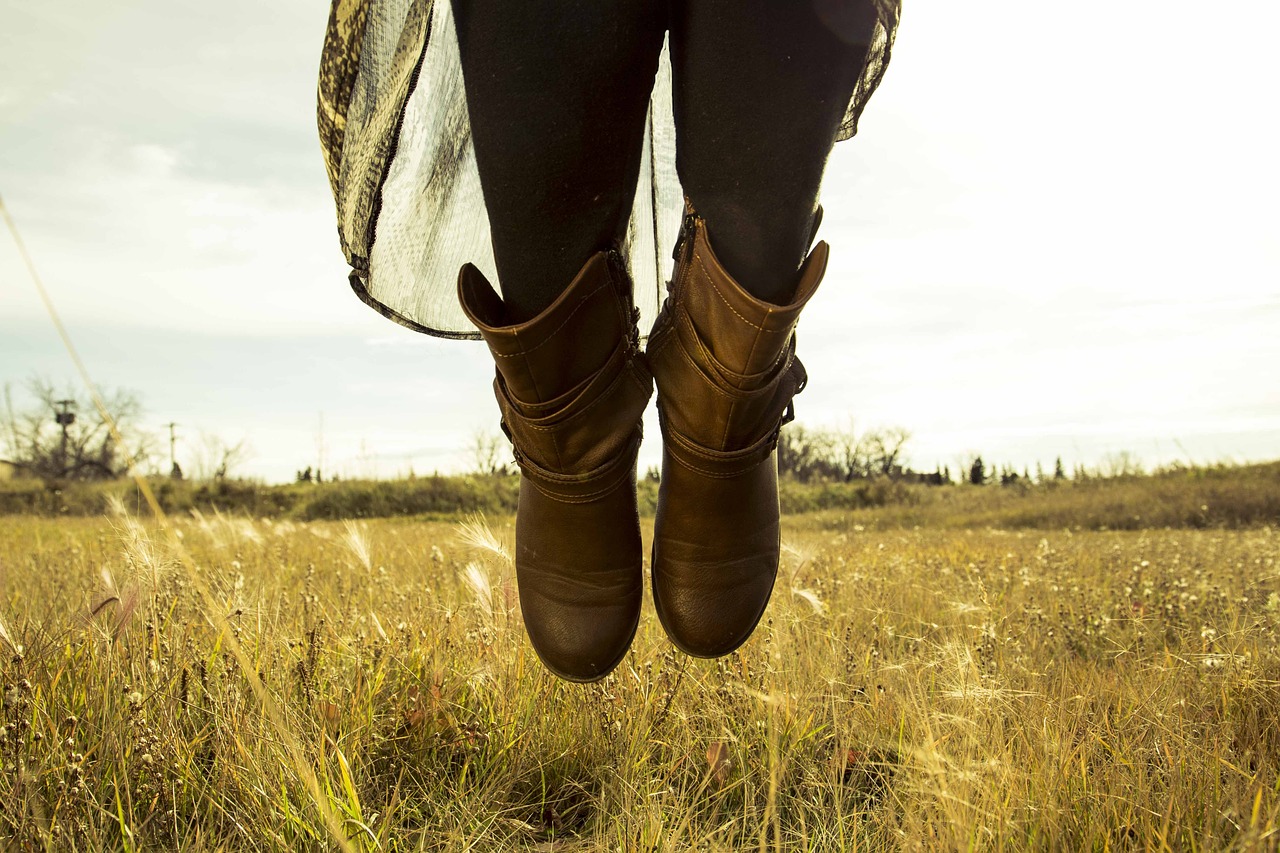
5. Style
Sierra Trading Post created a great reference table online for each style of boot, complete with shaft and heel height information, as well as where they range in cost.
The main styles are cowboy boots, riding boots, ropers, work-western boots, and western fashion boots. Each style has its own look and function.
The theme of a wedding sets the tone for all of the decorations, music and countless other decisions. Many go with classic or whimsical, but rustic has been a favorite for many brides. If you have decided to dig down into your
Read More

